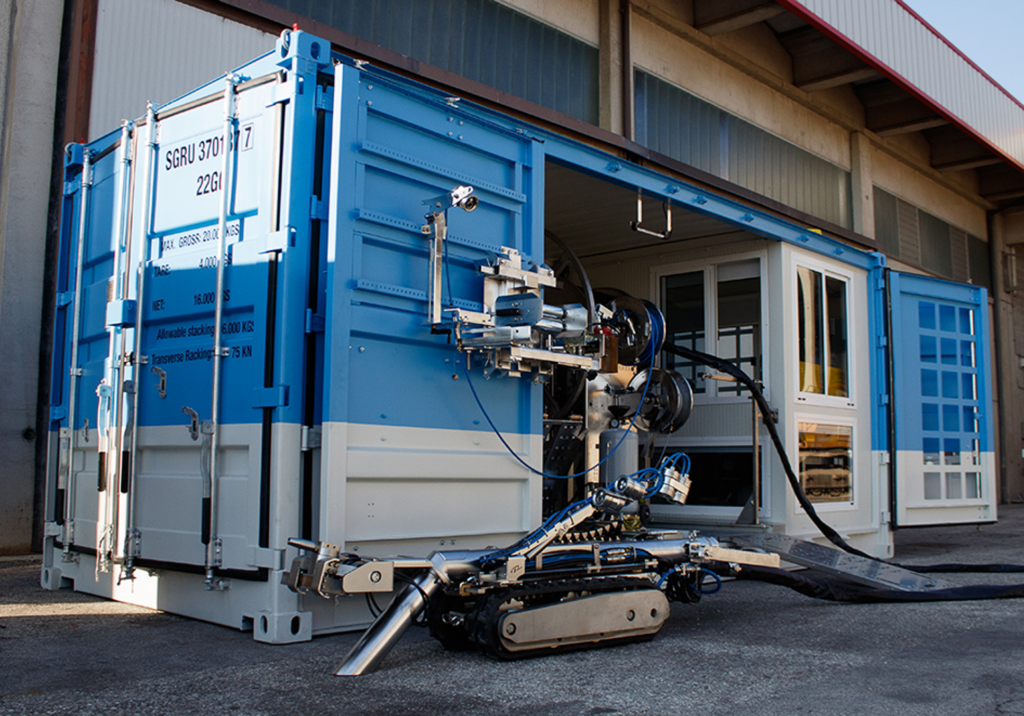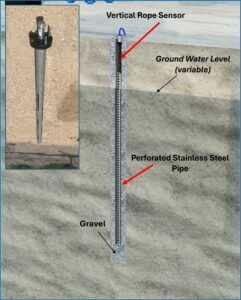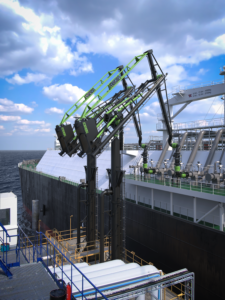Gerotto examines how the use of robots can make desludging an external floating roof crude oil tank easier Crude oil is one of the toughest materials that can be found in a tank. The mixture of hydrocarbons that makes up the oil will vary depending on the place where the oil is found. This has a big impact on the harshness of the product. The quantity of sulphur determines if the petroleum is labelled as ‘sweet crude’ (<0.5% of sulphurs) or ‘sour crude’ (>0.5% of sulphurs) and the concentration of sulphur or oxygen in the oil can cause corrosion […]
This post is only available to members. Please login below, or purchase Tank Storage Magazine Subscription – Print & Digital Subscription or Tank Storage Magazine Subscription – Digital Subscription to access this post.
log in
log in










